Importance of Radiant Warmers in Neonatal Intensive Care Units (NICUs)
Neonatal Intensive Care Units (NICUs) provide specialised care to newborns who need extra support after birth. One essential piece of equipment in NICUs is the radiant warmer, a device designed to regulate the body temperature of newborns, especially those born prematurely or with low birth weight. Radiant warmers are critical in these settings as they offer consistent thermal regulation, which is vital to neonatal health and recovery.
Why Temperature Regulation is Vital in Newborn Care
Newborns, particularly preterm and low-birth-weight infants, have an underdeveloped thermo-regulation system, meaning they cannot maintain their body temperature as effectively as full-term babies. Hypothermia (below-normal body temperature) in infants can lead to a host of complications, including:
- Respiratory distress: Cold stress can impair lung function.
- Increased metabolic rate: Infants burn more calories to stay warm, which is risky for those already struggling to gain weight.
- Risk of hypoglycemia: Temperature regulation challenges can cause drops in blood sugar levels.
- Lowered immunity: Cold stress may compromise the immune system, making it harder for infants to fight infections.
In NICUs, radiant warmers support the delicate balance needed to prevent hypothermia and ensure infants stay within a safe, controlled temperature range.
What is a Radiant Warmer?
Radiant warmers consist of an open-bed platform with a heat source positioned above. Unlike incubators, they do not enclose the infant, allowing easy access for healthcare providers to monitor and care for the newborn without disrupting the thermal environment. Radiant warmers usually have automatic temperature sensors that adjust the warmth provided based on the infant’s skin temperature, ensuring consistent warmth.
Key Benefits of Radiant Warmers in NICUs
- Open Access for Immediate Care
- Radiant warmers allow caregivers full access to the infant for vital procedures, reducing the need to remove the baby from a stable temperature-controlled environment for examinations or treatments. This open design is especially useful during emergency interventions, like resuscitation, where every second counts.
- Accurate and Responsive Temperature Control
- Most radiant warmers are equipped with skin sensors and alarms to maintain an optimal temperature. This system keeps the infant’s body temperature stable without requiring manual adjustments. The radiant heat mimics a mother’s warmth, which is especially comforting for newborns, helping to stabilize their vital signs and improve their overall well-being.
- Ideal for Respiratory Care
- Preterm infants often require respiratory support, including ventilators or continuous positive airway pressure (CPAP) devices, to breathe effectively. Radiant warmers make it easier to use respiratory equipment and provide efficient oxygen delivery without compromising the infant’s temperature.
- Enhanced Observation and Monitoring
- With an open and visible design, radiant warmers offer easy access for visual assessment of the newborn’s skin color, breathing patterns, and other physical signs. This enables prompt identification of any distress or abnormal changes, allowing for immediate intervention.
- Support for Kangaroo Care and Bonding
- While radiant warmers serve as temporary aids in thermo-regulation, they allow a smoother transition to kangaroo care, where parents provide skin-to-skin contact to help stabilize the baby’s temperature. This interaction is essential for bonding, breastfeeding success, and emotional development. Radiant warmers can help prepare infants for this step by providing a stable environment initially.
Comparing Radiant Warmers and Incubators
While incubators are enclosed, radiant warmers are open, each serving unique purposes in NICUs. Incubators provide a closed, humidified environment for infants who need longer periods of stable warmth and minimal handling. Radiant warmers, however, offer immediate, easily accessible thermal support, making them ideal for initial stabilization, procedures, and emergency care.
Best Practices for Radiant Warmer Use in NICUs
- Regular Temperature Monitoring: Continuous monitoring with skin probes can help track and maintain the infant’s temperature within the target range.
- Proper Positioning: The infant should be positioned at the center of the warmer to receive uniform heat, with sensors placed on the skin for accurate temperature feedback.
- Infection Control: As radiant warmers are open and expose the infant to the surrounding environment, strict hygiene practices are essential to prevent infection.
- Monitoring Humidity Levels: In very premature infants, adding humidity around the radiant warmer can help prevent water loss through the skin and maintain body temperature.
Conclusion: Why Radiant Warmers are Essential in NICUs
Radiant warmers play a critical role in stabilizing newborns and supporting their growth by providing a controlled, open environment for medical interventions, observation, and bonding. By enabling immediate access to care and precise temperature control, they contribute significantly to the quality and effectiveness of neonatal care in NICUs. As an indispensable part of the neonatal environment, radiant warmers ensure that even the most vulnerable infants have a better chance of survival and recovery.
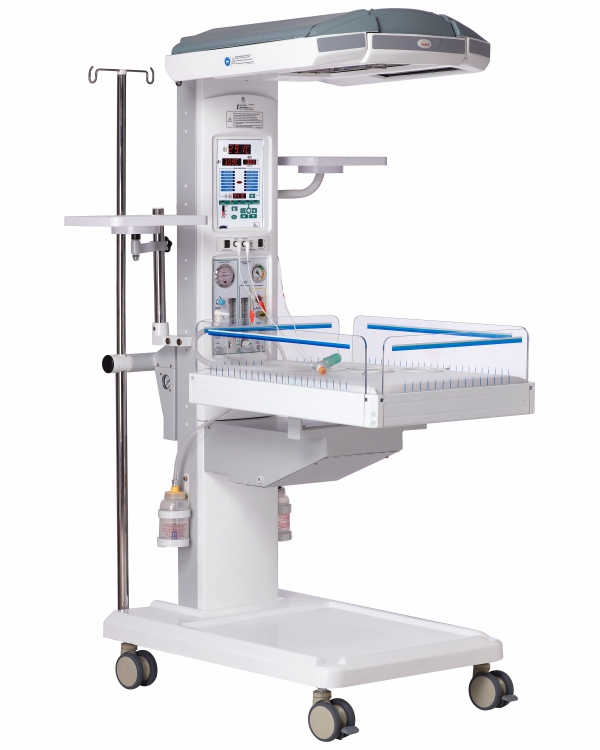
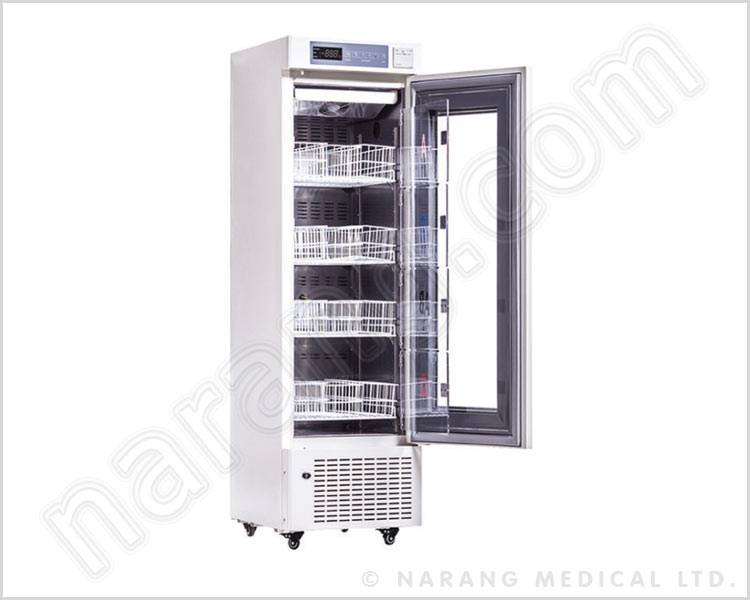

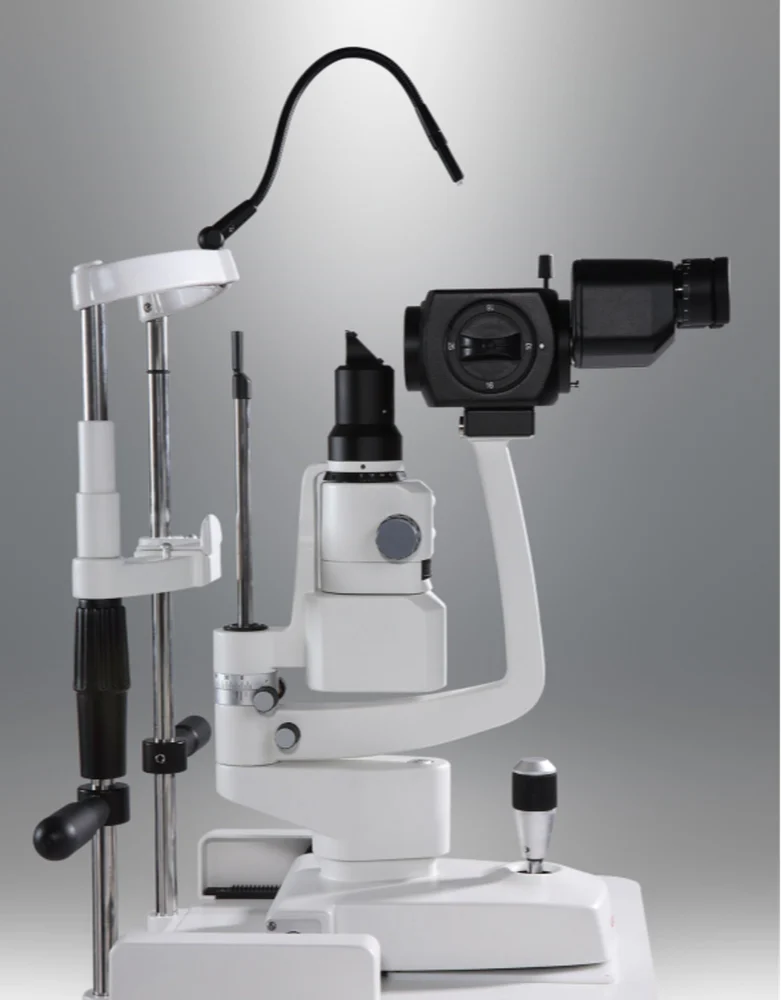

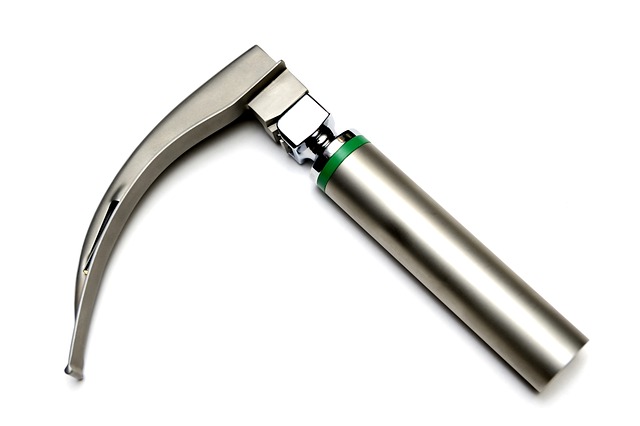
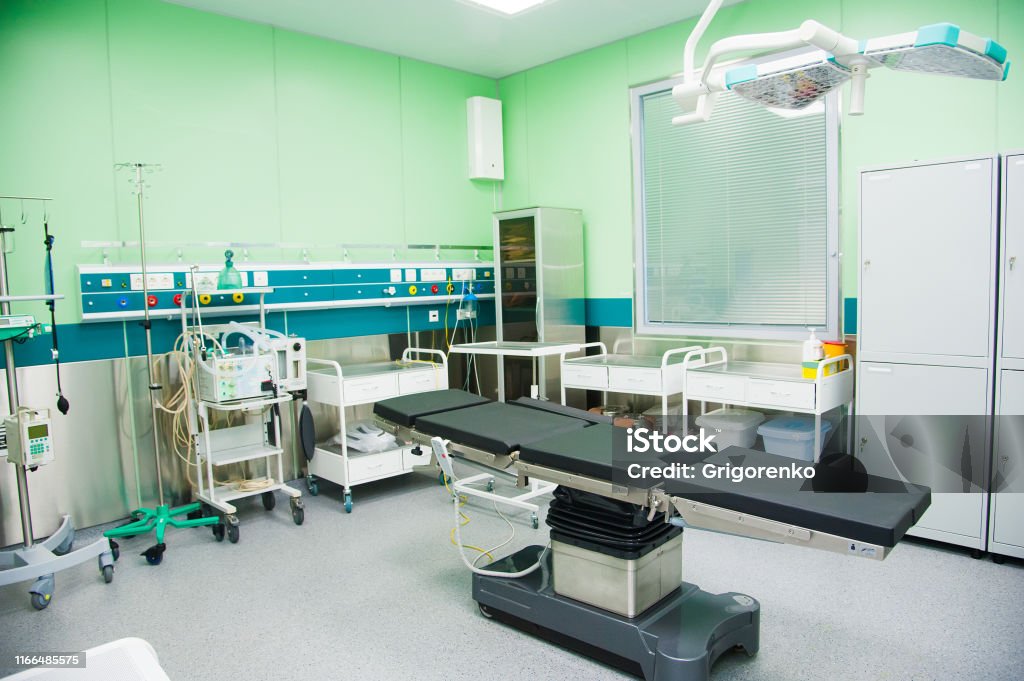
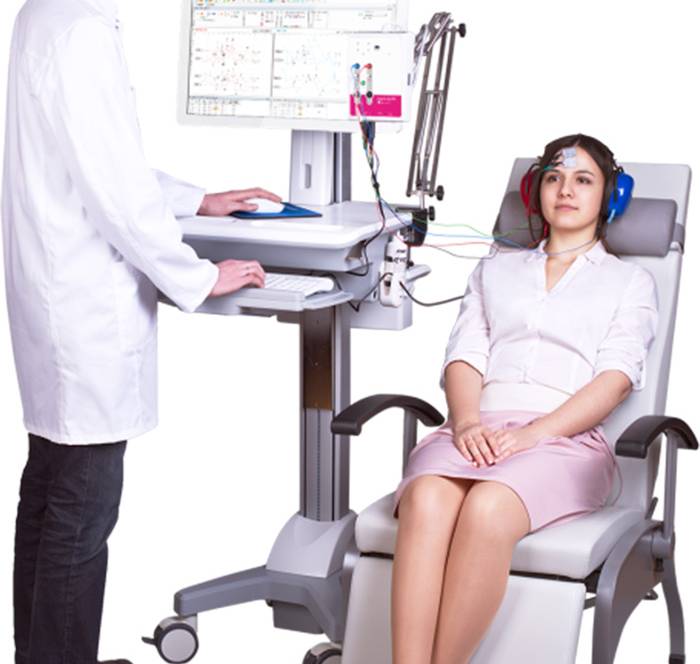
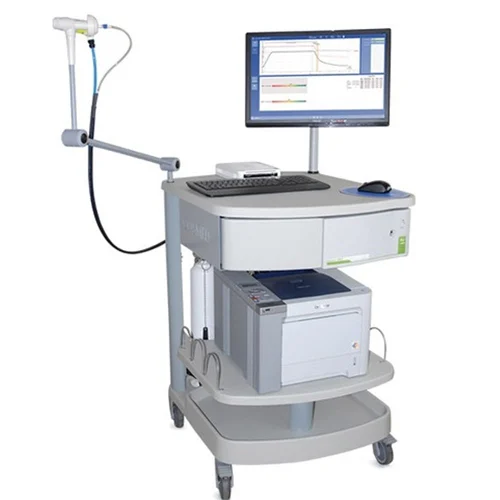
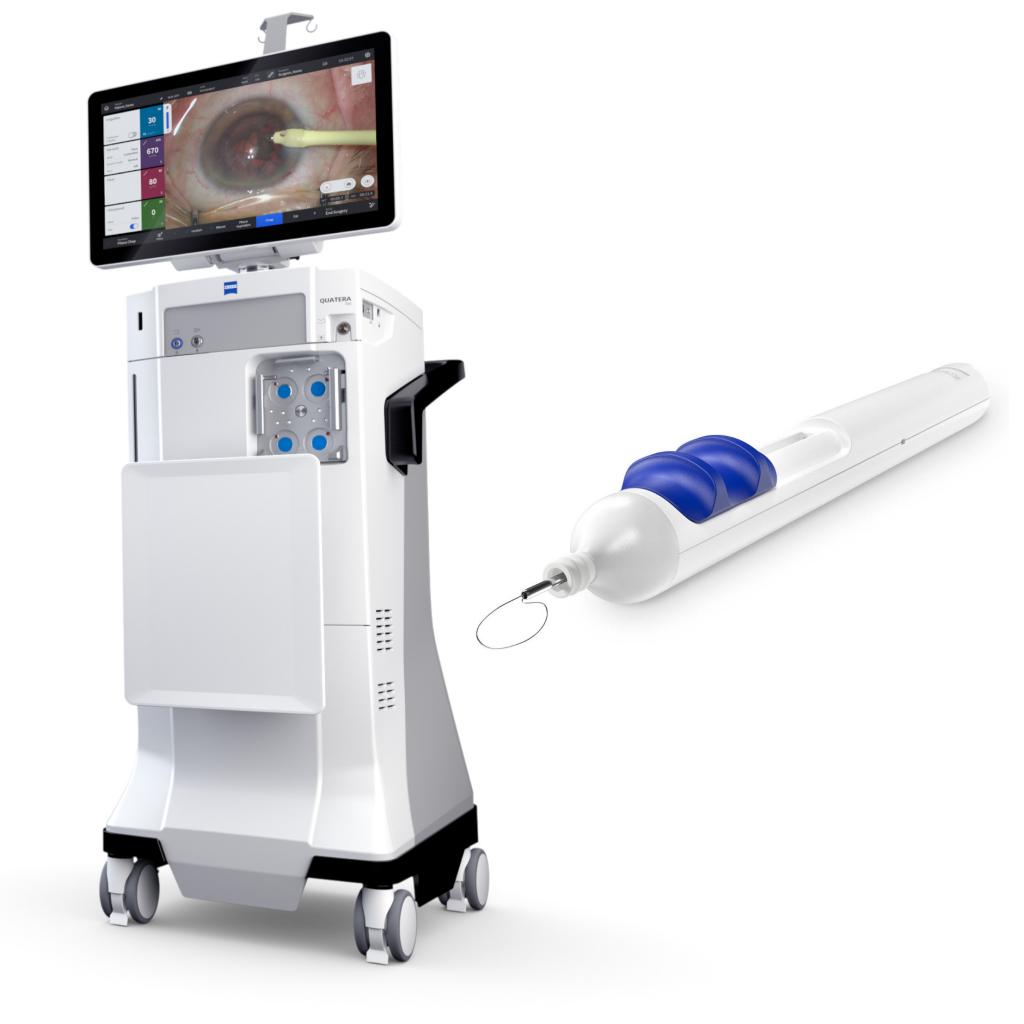
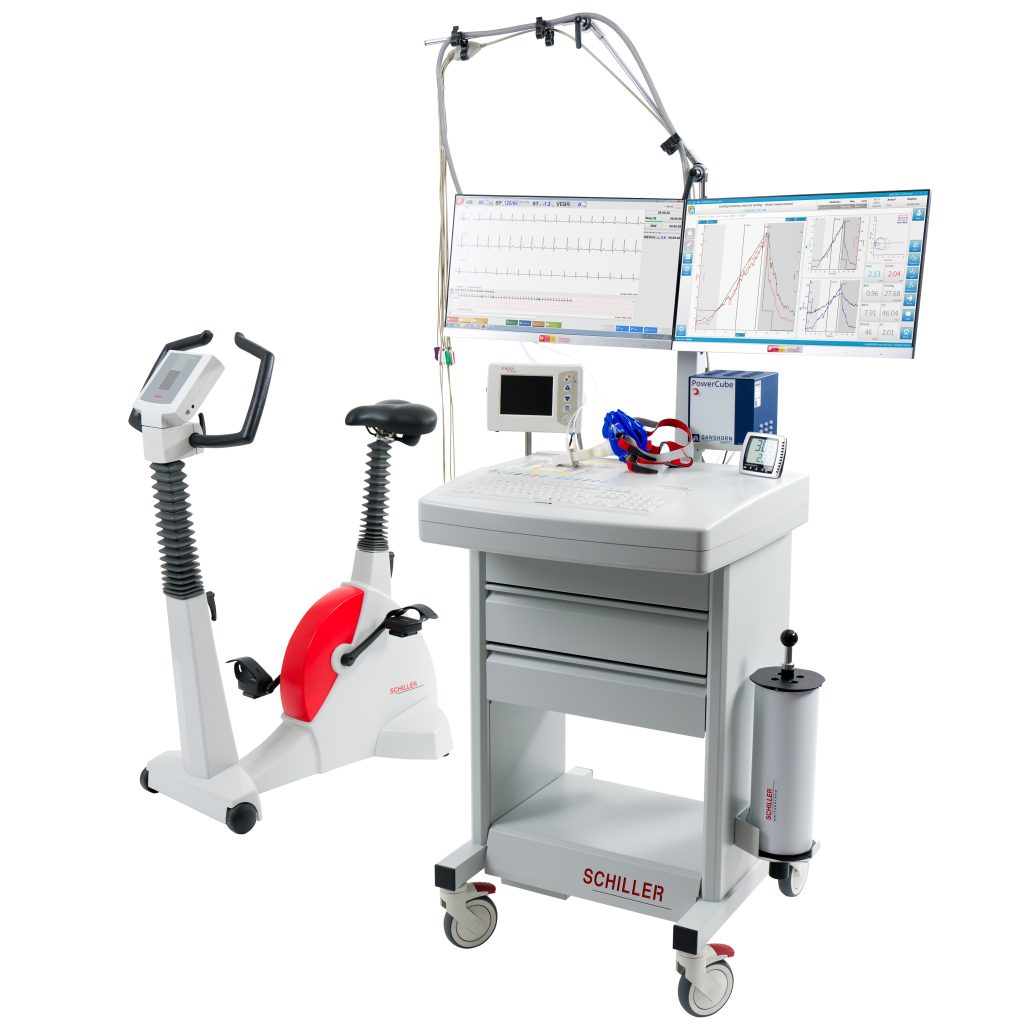




Leave a Reply